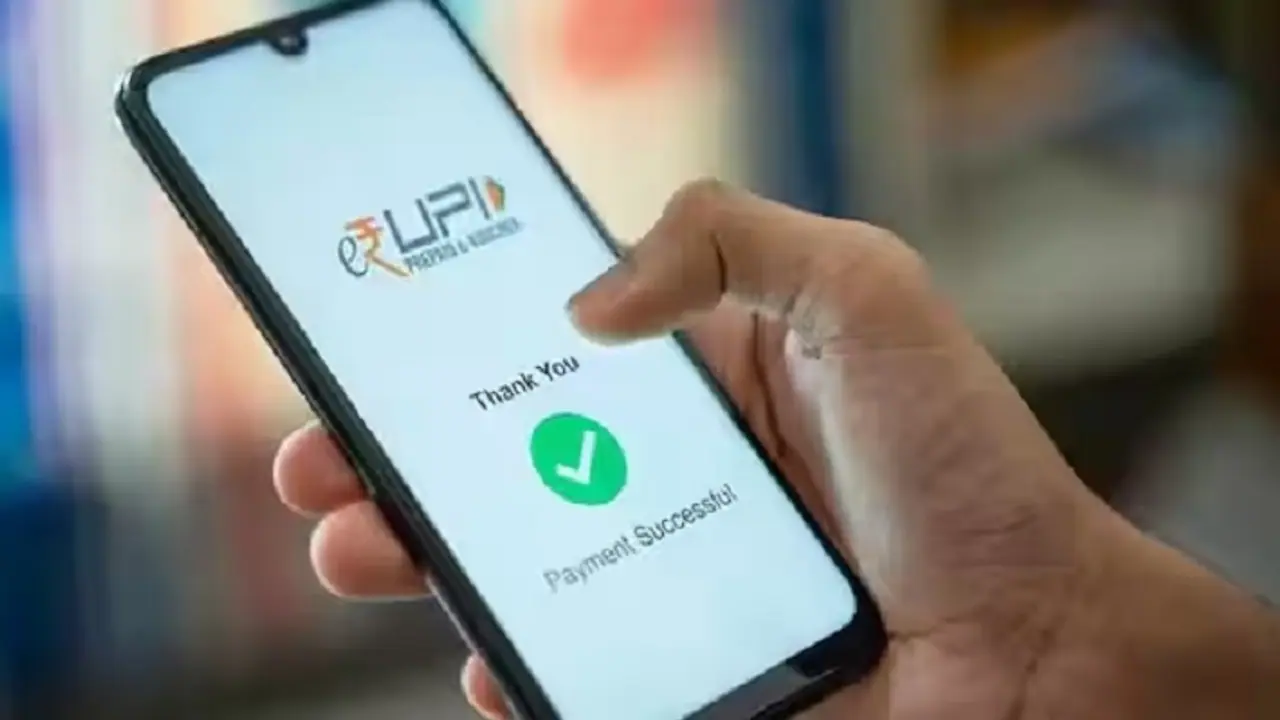Banks and third-party apps like Google Pay and PhonePe will implement the deactivation after December 31st. The directive requires verification of inactive clients' UPI IDs and linked cellphone numbers by third-party apps and banks, leading to closure if no credit or debit transactions have occurred.
The National Payments Corporation of India (NPCI) has introduced new guidelines regarding the deactivation of UPI (Unified Payments Interface) IDs. Under these guidelines, UPI IDs that have seen no transactions for over a year will be deactivated by banks and third-party apps such as Google Pay and PhonePe. NPCI plans to block such inactive IDs after December 31st.

All third-party apps and banks are instructed to verify the UPI ID and linked cellphone number of inactive clients, and if no credit or debit transactions have occurred, these IDs will be closed. Customers will be unable to make transactions using these IDs starting in the new year. Banks and third-party apps have until December 31st to identify and notify users about the deactivation of their UPI IDs.
The primary aim of these regulations is to prevent the occurrence of incorrect transactions and unauthorized access to UPI IDs. Instances have arisen where individuals change mobile numbers without deactivating the associated UPI ID, leading to potential misuse when the number is reassigned. In such cases, the previous UPI ID remains tied to the number, increasing the risk of erroneous transactions.
Turbulence hits RuPay credit card
Additionally, NPCI is addressing challenges faced by RuPay credit cards linked to UPI. Although UPI transactions continue to be free, those made via linked credit cards incur the same interchange and merchant discount rate (MDR) as regular credit card transactions. The lack of prior classification between transaction types has led to merchants unknowingly accepting these UPI payments, resulting in extra charges.
To address this, NPCI has introduced a mechanism to identify and classify the two types of transactions, enabling merchants and banks to assess charges accordingly. The organization is also exploring a fee income-based incentive model to compensate merchants for the higher charges on RuPay credit card transactions compared to regular UPI transactions.
